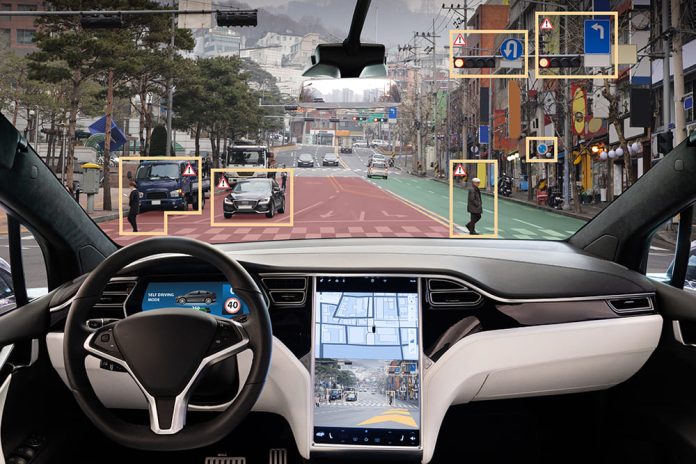Munich, Germany, :In Munich, where this week’s IAA motor show is taking place, an interactive street survey elicits an overwhelming “yes” when asking passers-by if they would take a self-driving taxi from the station to the Oktoberfest beer festival. But while the number of coloured balls placed in the “yes” column shows no shortage of enthusiasm, experts say the long-promised future of autonomous cars remains some way off. “Five years ago, we thought that by 2025 we would have significant autonomy in many vehicles, which is not the case,” said Christophe Aufrere, chief technical officer of car-parts maker Forvia. Pandemic-related disruptions to the car industry, a shift towards investing in electrification and the sheer complexity of the technology have all contributed to keeping the autonomous-driving revolution stuck in the slow lane. Now, “we’re more inclined to say it will happen by 2030,” Aufrere told AFP. Ahead of the pack, German luxury carmaker Mercedes-Benz has received international approval for its “level three” autonomous driving system in accordance with United Nations standards. The hands-free level three allows for autonomous driving in certain conditions such as heavy traffic or motorway speeds up to 60 kilometers per hour (37 mph). The driver can take their eyes off the road but must be ready to intervene if needed. The system is available as an option on the flagship Mercedes S-Class, which has a six-figure price tag. Honda won a world-first approval to sell level three autonomous cars in Japan in 2021. But the vast majority of today’s commercially available cars come equipped with “level two” partial automation at best. That includes Tesla’s well-known “autopilot” and offers features such as adaptive cruise control or automated parking — while the driver remains alert at all times.
ABOUT US
EDITOR: Ansar Mahmood Bhatti
DEPUTY EDITOR: Abid Raza
=======
OFF NO 11, Awan Plaza, G 8 Markaz,
Block 18- A, ISLAMABAD
051-8488394
Contact us: [email protected]
© DAILY ISLAMABAD POST

















